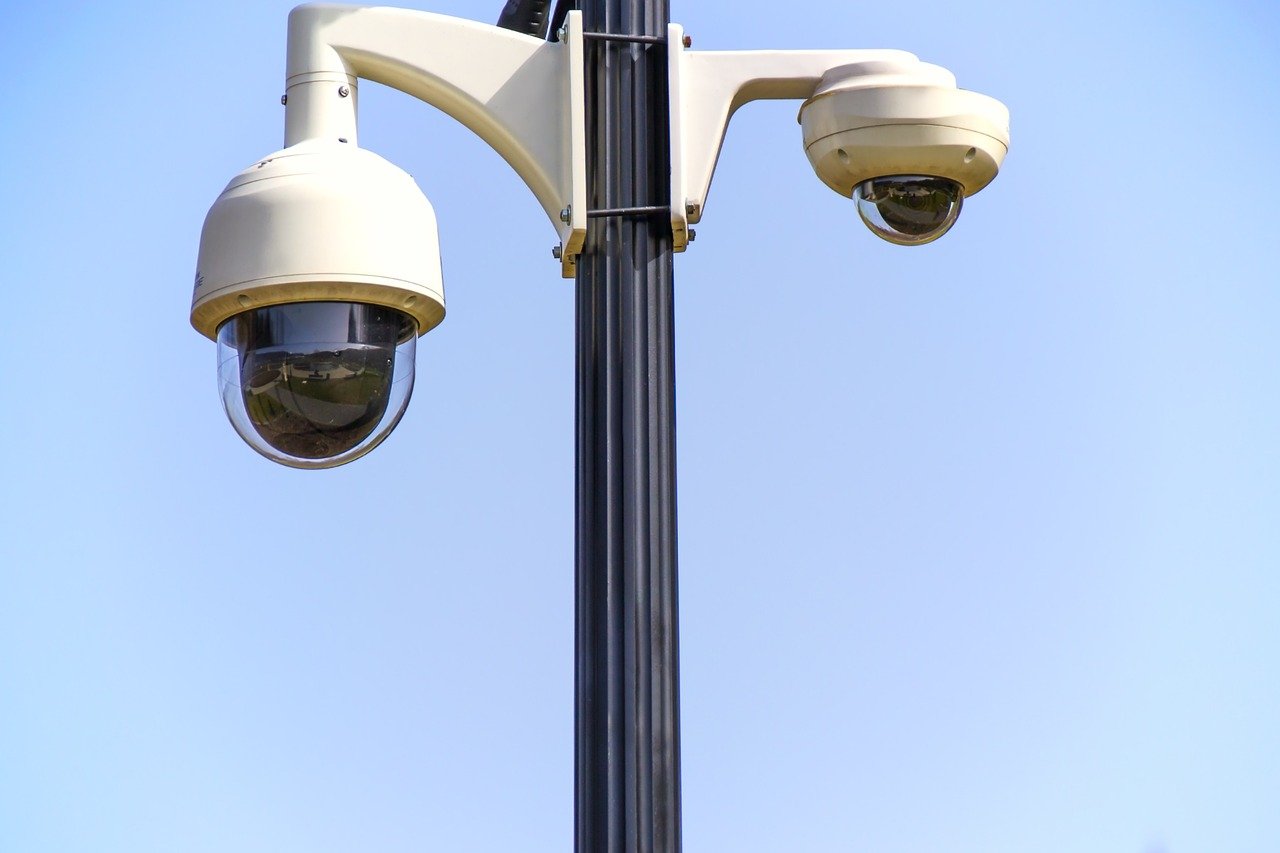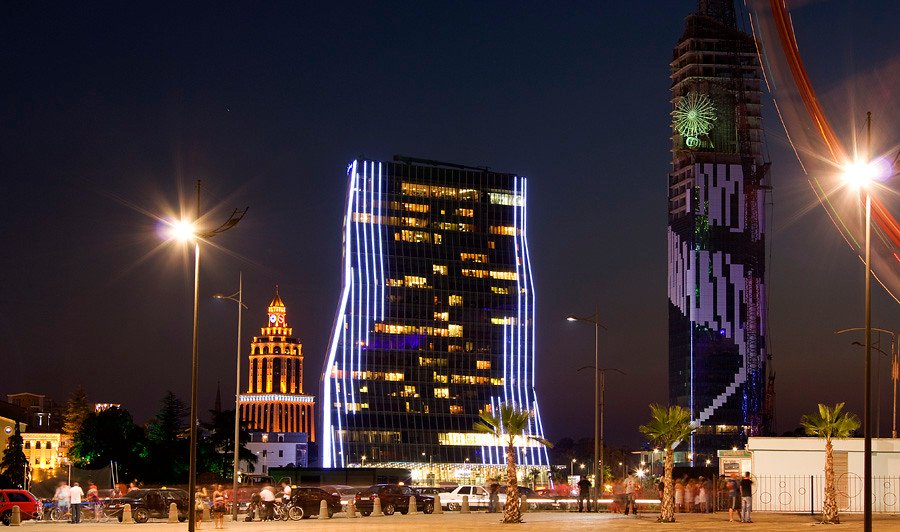The Digital Promise That’s Reshaping Our Urban Future
Picture this: you walk through a city where traffic lights automatically adjust to ease congestion, your trash bins signal when they need emptying, and sensors monitor air quality in real-time. Sounds like science fiction, right? Welcome to the world of smart cities, where technology promises to transform urban living into something more efficient, sustainable, and responsive to our needs. But here’s the catch – with all these sensors watching, tracking, and analyzing our every move, are we building digital utopias or electronic prisons?
The benefits derived from smart city technology are dependent on constant data flows captured and aggregated by sensors, cameras and tracking applications. This constant stream of information flows through interconnected networks that monitor everything from your daily commute to your energy consumption patterns. The technology is impressive, but it’s also invasive in ways that many residents don’t even realize.
Think of it like having a really helpful, but slightly creepy, roommate who knows everything about your habits – when you leave for work, how long you spend in the bathroom, and exactly how much electricity you use watching Netflix late at night. The question isn’t whether the technology works; it’s whether we’re comfortable living under this digital microscope.
By 2025, there could be over 75 billion connected devices around the world, many of them lacking even the most rudimentary security features. That’s roughly ten devices for every person on the planet, all potentially collecting and sharing data about our lives. The scale is staggering, and frankly, a little overwhelming.
When Technology Becomes Your City’s Best Friend

Let’s give credit where it’s due – smart cities aren’t just about surveillance. These include accelerating economic growth, improving efficiency, strengthening innovation, and raising citizen awareness. These benefits indicate that smart cities could catalyze the transition to sustainable development and address climate change challenges. The potential benefits are genuinely exciting, especially when you see them in action.
Take Barcelona, for instance. The city’s smart lighting system adjusts illumination based on pedestrian presence, while its smart parking app guides drivers to available spaces, reducing traffic congestion. It’s like having a personal assistant for the entire city, making life more convenient and reducing environmental impact at the same time.
For instance, smart meters and sensors are deployed to monitor real-time usage and identify leaks or inefficiencies, leading to significant reductions in waste. Cities like Boston are upgrading their infrastructure with smart streetlights that save energy and improve public safety. These aren’t just flashy tech demonstrations – they’re solving real problems that affect people’s daily lives and wallets.
The environmental benefits are particularly compelling. The study concludes that technology and policy innovation can converge to yield environmental wellbeing through efficiency and reduced harm. By embracing sustainability, communities can lead in creating livable smart cities. When technology helps reduce our carbon footprint while making life easier, it’s hard to argue against that.
The Sustainability Sweet Spot

For instance, Austin, Texas, aims to achieve 55% renewable energy by 2025. Solar panels are being installed on public buildings and homes, while wind energy is harnessed in larger scales, contributing to a diversified energy mix. Cities across America are using smart technology to accelerate their transition to renewable energy, making environmental goals that seemed impossible just a decade ago suddenly achievable.
Copenhagen stands out as a shining example of what’s possible. Copenhagen aims to become the world’s first carbon-neutral capital by 2025. The city’s district heating system is a model of energy efficiency, using waste heat from power plants to warm homes. They’re not just talking about sustainability – they’re engineering it into every aspect of city life.
Copenhagen’s initiatives led to substantial reductions in carbon emissions and energy consumption. The city achieved a high quality of life for its residents, with over 40% of commutes done by bicycle. The waste management system significantly reduced landfill use, contributing to environmental sustainability. These aren’t abstract policy victories – they’re real improvements in how people live and work.
The integration of technology with green infrastructure creates something like a symbiotic relationship. The findings show that green spaces can promote environmental sustainability in smart cities when utilized as renewable energy sources, natural filters, and public spaces. It’s not just about adding technology to cities; it’s about creating ecosystems where digital innovation and environmental responsibility reinforce each other.
The Dark Side Nobody Talks About
But here’s where things get uncomfortable. This constant and omnipresent transmission of data from disparate sources into a single government entity has led to concerns being raised of these systems turning into ‘electronic panopticons’, where governments exploit data-driven technologies to maximize effective surveillance of their citizens. The term “electronic panopticon” should send chills down your spine – it’s essentially a digital prison where you’re always being watched.
At a minimum, new smart city technologies must avoid reinforcing disproportionate surveillance that undermines basic freedoms, especially privacy. The keyword here is “disproportionate” – but who decides what’s proportionate when it comes to watching citizens?
Consider this real-world example: This is the first known time an American police department has relied on live facial recognition technology cameras at scale, and is a radical and dangerous escalation of the power to surveil people as we go about our daily lives. New Orleans secretly implemented facial recognition technology without public oversight, turning the entire city into a surveillance network.
Mass surveillance through big data acts in a manner that reduces urban anonymity, due to the breadth of information and potential uses which can be extrapolated when multiple data streams are analysed together by a single governmental entity. Think about that – the simple act of walking through your city becomes a data collection event that can be analyzed, cross-referenced, and used to build detailed profiles of your behavior patterns.
The scariest part? Among seemingly innocuous technologies, like sensors that collect fine-grained data on local weather, pollution patterns, and traffic, the broad smart city vision encompasses sensors with the ability to collect data from the phone in your pocket or use artificial intelligence-enhanced microphones and cameras to gather intel as you move through public spaces – with no privacy agreement allowing you to opt out and decline service like you can in the virtual world. Unlike websites where you can click “decline cookies,” you can’t opt out of living in your city.
When Smart Cities Turn Stupid

The security vulnerabilities are genuinely terrifying. As cities become ever more connected, the risks of digital harm by malign actors grow exponentially. Cities are therefore entirely unprepared for the coming digital revolution. When everyone and everything is connected, the door is open to all kinds of digital threats. It’s like having thousands of unlocked doors in your house, each one a potential entry point for criminals.
Smart cities and communities are especially vulnerable to cyberattacks because of their use of IoT devices, which are commonly targeted and frequently insecure, and present a large attack surface. Imagine if hackers could turn off your city’s traffic lights, manipulate your water supply, or access every surveillance camera – these aren’t hypothetical scenarios, they’re real vulnerabilities.
The human cost of these system failures can be devastating. A woman in Detroit is suing the police department after she was wrongfully arrested for a drive-by shooting in 2023 when police incorrectly used data from the city’s automatic license plate reader. Instead of searching for a reported license plate number in the system, police searched for any plates that belong to white Dodge Chargers and found one on a camera two miles from the crime scene. The woman they arrested had been recorded driving just blocks from her home and had no connection to the crime other than the similar make and model of her car.
This isn’t just a technical glitch – it’s a person’s life turned upside down because smart city technology was used carelessly. When algorithms make mistakes, real people suffer real consequences.
The Corporate Data Grab

Privacy advocates, resident groups, and recently resigned members of the project team have pushed a narrative that Sidewalk Labs’ proposed smart city really amounts to a surveillance city, intended to commercialize personal data collected in public space, in the same way that Google commercializes data from our internet searches (ads — custom-tailored according to each person’s online activity — account for about 85 percent of Google’s revenue). The Google-backed Sidewalk Toronto project was a perfect example of how tech companies view smart cities as massive data collection opportunities.
But that data is also potentially lucrative in the hands of Big Tech. The smart city industry rests on a foundation of mass-scale data collection — data that can help make cities more efficient, safer, and higher functioning, while also supporting emerging technologies such as autonomous vehicles. The dual purpose is clear: improve city services while extracting valuable data for commercial purposes.
Here’s what’s particularly insidious: As much smart city technology is based on open platforms that are often outsourced to private citizens and corporations, there are massive risks that PII may be unlawfully shared with third parties. Compounded with the relative opaqueness of data storage by governments, critics argue that individual privacy can be curtailed massively through residence in a smart city with little recourse for individuals. You might think your city government is protecting your data, but they might be sharing it with private companies you’ve never heard of.
And she cautions them against giving up their citizens’ data too readily, not just out of privacy concerns, but because it has economic value to the community that could, within an appropriate ethical framework, be captured. Cities are essentially giving away valuable assets – their citizens’ data – often without getting fair compensation or maintaining proper control.
Legal Loopholes and Regulatory Gaps

This means that authorities implementing smart cities regimes are at risk of violating privacy laws if appropriate safeguards are not taken. The European Court of Human Rights has held that surveillance mechanisms (including those implemented in smart cities technologies) can violate the right to privacy, especially where domestic legislation does not define the scope or manner of surveillance. Even with existing laws, many smart city programs are operating in legal gray areas.
The local authorities demanding access to individual trip data are failing to comply with existing privacy protections in the law. Meanwhile, cities cannot point to even a single use case to show why they need access to the individual level trip data. That means cities are recklessly and illegally stockpiling sensitive location data that they do not need. Government agencies are collecting personal data not because they need it, but because they can.
Human mobility patterns are highly unique, and that makes anonymizing location data a notoriously difficult technical challenge. Studies have shown that when it comes to location data, removing names is not enough to protect privacy. Even “anonymized” data can often be traced back to specific individuals, making privacy protections largely illusory.
Because there’s no federal direction on data privacy of smart cities systems, it will continue to be up to cities, or ev [The article was cut off, but the implication is clear – without federal oversight, privacy protection varies wildly from city to city.]
The Bias Built Into the System
A ProPublica investigation in 2022 found that traffic surveillance programs in New York, Miami, Washington, D.C., and Chicago still ticketed people of color and people from lower-income neighborhoods more than white drivers. Smart city technology doesn’t eliminate human bias – it can actually amplify and systematize it on a massive scale.
However, this requires addressing trade-offs related to issues such as privacy and cyber security, costs of infrastructure upgrading, rebound effects associated with efficiency improvements, biased decision-making, reproduction of social biases, digital divide and lack of skills, misuse of AI, and limited legal setup. The technology itself can perpetuate existing inequalities, creating digital divides that leave some communities behind.
This holds particularly true in light of the shift towards predictive policing that occurs within the smart city environment. Predictive policing sounds scientific and objective, but it often relies on historical crime data that reflects existing biases in law enforcement practices.
The irony is that technologies designed to make cities more equitable can end up reinforcing the very problems they’re supposed to solve. When algorithms make decisions about resource allocation, law enforcement, or service delivery, they can systematically disadvantage certain communities while appearing to be neutral and objective.
Citizens Fighting Back
WASHINGTON – Over 80 organizations and prominent experts have come together to oppose a new surveillance feature of digital identity systems known as “Phone Home,” which allows the government to track individuals through their digital driver’s licenses or other identity documents. Signatories include the American Civil Liberties Union, notable privacy and civil liberties groups, as well as academics, state legislators, CEOs of digital identity companies, cryptographers, and other leading experts. Citizens and experts aren’t just passively accepting these developments – they’re organizing resistance.
As we told the legislature last month during a hearing of the Senate Transportation and Judiciary Committees, when cities start demanding individual level trip data, they are no longer just smart cities—they are surveillance cities. Turning our cities into surveillance cities is not necessary to achieve the laudable planning goals of city and regional transportation agencies. What we need are ‘smart enough cities’—cities that harness the power of data and technology in a way that respects everyone’s privacy interests. The concept of “smart enough cities” offers a middle path – using technology for genuine improvements without crossing into surveillance territory.
The city installed 3,200 “smart streetlights” to deter crime and to log data from license plate readers, but citizens grew concerned with privacy, saying the city wouldn’t tell them how the data could be used, and they would be shared with third parties, CBS8 reported last year. The police department eventually began using the cameras as a crime-fighting surveillance tool, which led community members to allege that the program was violating their privacy and targeting people of color. The city ended the program shortly after also due to budget concerns, but it began installing cameras again in 2024. San Diego’s experience shows both the power of citizen activism and the persistence of surveillance programs – they keep coming back.
Community pushback isn’t just about privacy concerns – it’s about maintaining democratic control over how technology shapes our cities. When residents organize and demand transparency, they can force changes in how smart city programs are designed and implemented.
Success Stories That Get It Right
However, it is noticeable that Zurich is the only one of those surveyed that has specific privacy policies for each of its mobility projects. Zurich has also made extraordinary efforts to promote a series of smart projects along with specific privacy policies, demonstrating not only a very high level of interest in implementing smart policies, but also a concrete will to protect citizen’s right to privacy in regard to sector-specific challenges. Some cities are proving that you can be smart without sacrificing privacy.
The case studies of Barcelona, Singapore, and Copenhagen demonstrate the immense potential of smart city performance management in shaping the cities of the future. These cities have shown that through visionary leadership, collaborative partnerships, data-driven decision-making, and citizen-centric approaches, it is possible to address complex challenges and achieve remarkable outcomes. The key phrase here is “citizen-centric approaches” – successful smart cities put residents first, not technology.
Additional relevant frameworks include the one proposed in Vitunskaite et al. (2019), that performed a comparative smart city case study of Barcelona, Singapore and London on their governance models, security measures, technical standards and third party management. These cities have developed comprehensive governance frameworks that balance innovation with protection of citizens’ rights.
The success of their initiatives underscores the importance of long-term planning, stakeholder collaboration, and a strong commitment to sustainability. The lessons learned include the value of nature-based solutions, citizen engagement, and integrating climate considerations into urban planning processes. The most successful smart cities treat technology as a tool for achieving broader social and environmental goals, not as an end in itself.
Finding the Balance Between Smart and Scary

Cities and communities need to balance concerns over cybersecurity risk, commercial use of data, and potential government surveillance against other concerns, including public safety, sustainability, beneficial uses of data, and cost. This balance isn’t theoretical – it requires making concrete choices about what data to collect, how to protect it, and who gets access.
Cities and communities should priorit

